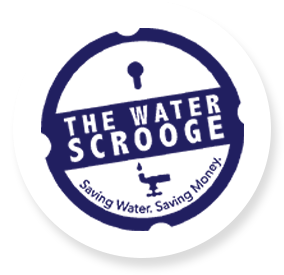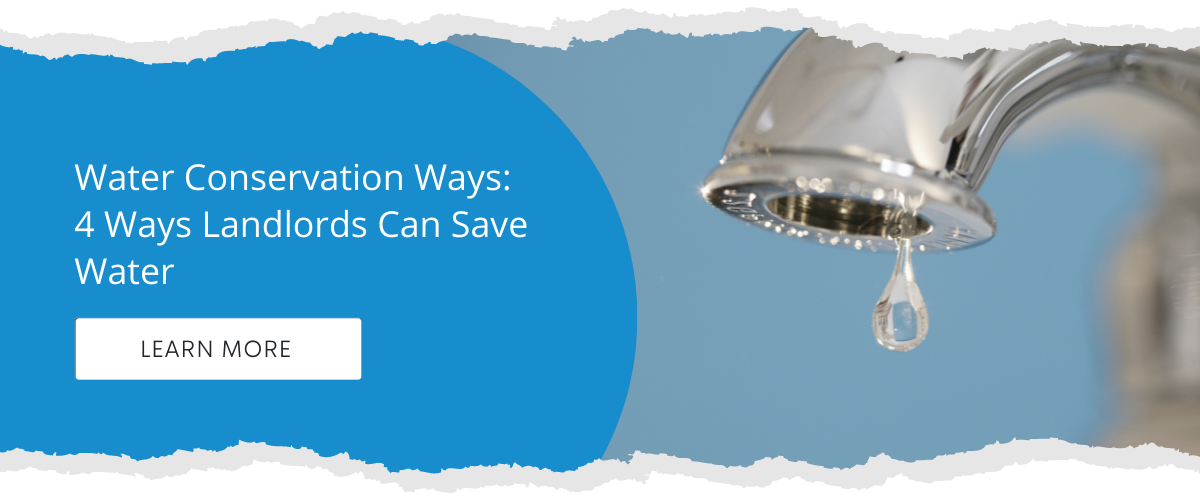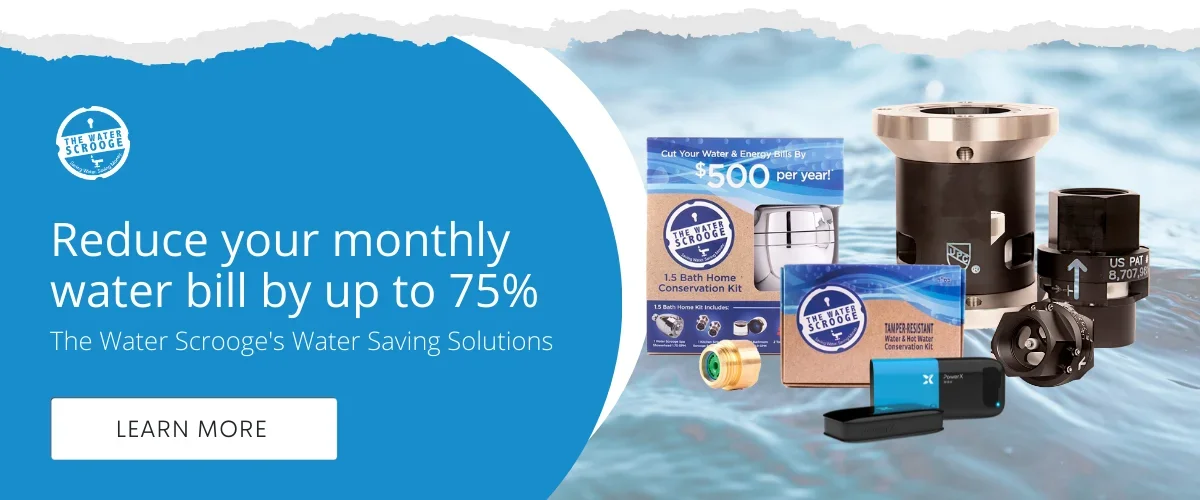
As a landlord in New York City, you are required to pay tenant water bills.
But that doesn't mean you have to sit by and watch your monthly water bill skyrocket! Compared to other major cities, New York City water is pricey.
With the combined cost of water and sewer adding up to over $10 per one hundred cubic feet, apartment water bills add up fast.
Consider This:
- You have a unit with 1,000 tenants.
- The average person uses between 80-100 gallons of water a day
- At the lowest estimate, that’s 29,200 gallons a year for just one person.
- That’s over $400 a year for just one person and over $400,000 a year for 1000 tenants.
How to Keep Tenant Water Bills Low
What if we told you that you could have more control over tenant water usage than you may realize?
AND that you can discourage tenants from running up high water bills?
AND that it is highly possible you could reduce that last number by as much as 30 percent (with the right measures in place)? For the remainder of this article, we'll review 5 ways that landlords can minimize tenant water usage on their property and keep costs down:
1. Community Education
Lowering tenant water bills begins with community education. While your tenants may not care about water conservation as much as a landlord does, don't assume they won't care at all.
Customize informational packets to your overall building demographic. If you're serving lower-income families, consider emphasizing the fact that water usage does indirectly impact the cost of rent. Share exactly how much the cost of water has increased in recent years and explain how those costs affect community expenses and amenities.
Conversely, if the majority of your tenants are young professionals, approach your packet from an environmental standpoint. Highlight an array of interesting statistics that will motivate them to save. Most importantly, pair your packets with some sort of freebie that can serve as a reminder (i.e. refrigerator magnets, coffee mugs, recycling bins).
2. Tamper-Proof Shower Heads
Have you already outfitted your bathrooms with low-flow showerheads? Switching from older 4GPM to newer 2GPM fixtures was undoubtedly a step in the right direction. But it's not always enough.
Unbeknownst to landlords, tenants routinely replace your shower heads with their own upon move-in. They may even tamper with the low-flow showerheads you have in place, destroying your property and flushing your money down the toilet. This is all the more likely if you installed cheaper low-flow models that fail to provide "high-flow experiences."
While current legislative standards require shower heads to use no more than 2.5 GPM, many manufacturers are still producing high-output models. Conversely, a tenant may already own favorite, old fixtures that move with them from place to place. Since the tenants lease the apartment and don’t own it, federal standards concern them less.
You can prevent this from happening by installing hidden, tamper-proof regulators. An average multi-family building landlord sees a 30 percent reduction in water use with this measure alone.
3. Wireless Toilet Monitoring
We know, it sounds like something out of The Jetsons. But you can now actually wirelessly monitor toilet activity from your smartphone.
Why would you want to do that? Because a running toilet can waste 200 gallons of water or more every day (see here for how much it costs). That can quickly add up to thousands of dollars in water waste. The Toilet Scrooge is an unobtrusive device that sits near a toilet's base, electronically transferring live information (i.e. fill cycles, flushes-per-day and times-of-day) to an organizational database. Keep tabs on malfunctioning toilets, and you will be able to fix small leaks before they become big ones. This, in turn, will keep your water bill in check.
4. Install Faucet Aerators
Low-flow faucet aerators can reduce your water use without reducing water pressure. The current federal standard is 2.2 GPM for bathroom faucets, and a water aerator can save more than 50% of that. That amounts to saving between 2 and 16 gallons of water a day.
Considering many tenants run water while brushing teeth, checking email, and engaging in several other tasks, landlords are advised to be proactive. Our company produces an inconspicuous, tamper-proof device that limits water flow to 1GPM.
5. Send Reminders
Finally, don't be afraid to periodically send friendly reminders. Changing a long-standing habit can be challenging. Especially when that habit involves water usage.
Reminder Ideas:
- Post conservation flyers on community doors, windows, and in common areas
- Send a "thank you" email letting tenants know when their efforts have paid off
- Partner with a local environmental group to provide free swag
You can even include a clause about water conservation in your lease agreements so tenants can get the idea before they even move in.
More Control Than You Realize
As a landlord, you can control tenants’ water usage more than you realize. By implementing any one of these tips, you can significantly lower your building's water bill.
Want to see some real numbers?
Browse our case studies to get an idea of how much you could save.
About The Water Scrooge™
The Water Scrooge™ offers water conservation ways and products to multi-family landlords and homeowners, including: shower flow controllers, Leak Detection Systems, Toilet Leak Prevention Devices (The Toilet Scrooge™), water flow management devices (SMART Valve™), toilet calibration and DIY products.
Also featuring The Water Scrooge™ App. Our app empowers your team to carry out the installation of our kits. With it, you can also record and track data points about the units (other than water usage).




